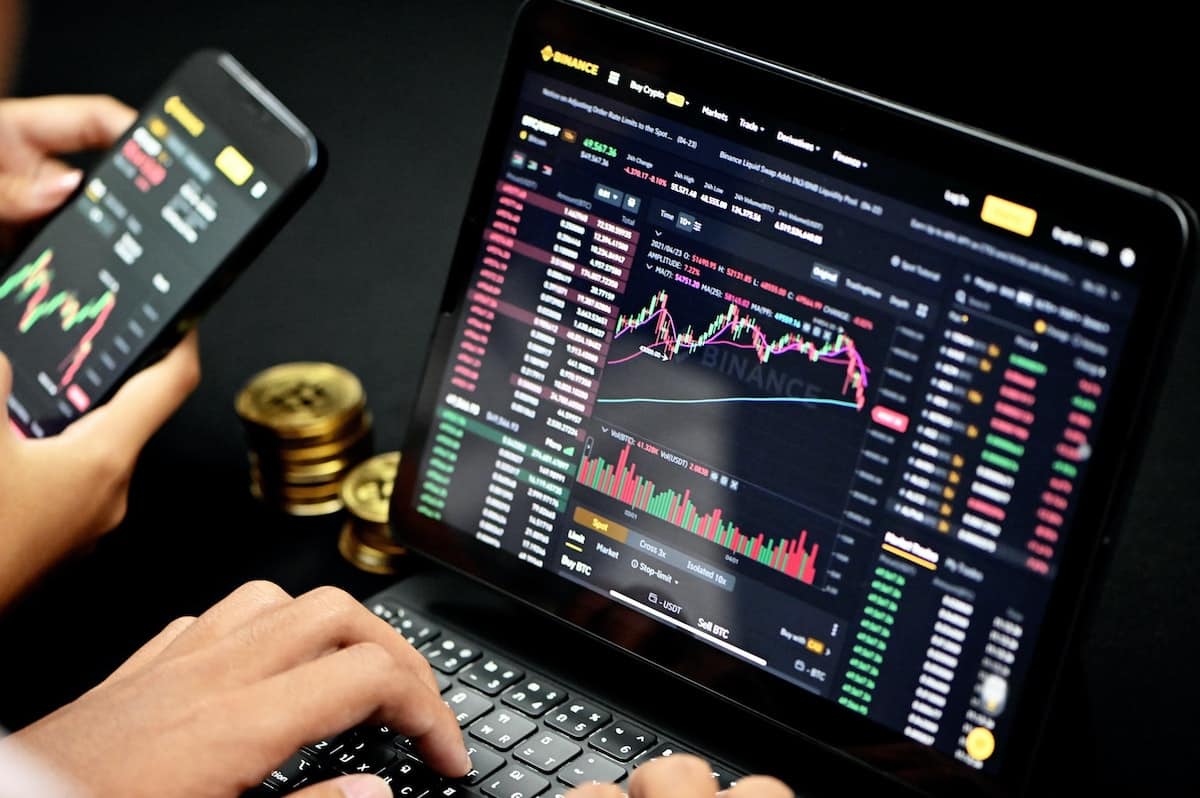The way businesses work has changed greatly because of crypto currencies and block chain technology. As a result, there are now many opportunities for developers who want to work in this rapidly growing field. But there are also a lot of problems to solve when trying to build an exchange platform. In this article, we’ll look at five of the most common problems with software development and how to solve them.
Before investing any Money, use a free demo account to get an idea of how the trading platform works and how the Forex broker setup works. After you have mastered the software and used the virtual account to gain experience, you can open a live forex trading account and trade with Money you’re willing to lose.
Six Crypto Exchange Development Challenges
- Achieving Scalability
As the number of cryptocurrency users and transactions keeps going up, exchanges need to be able to handle a lot of traffic. Scalability is a big problem for exchanges because they need to find a way to keep up with demand while keeping their systems reliable.
- Ensuring Security and Compliance
One of the most important goals of any exchange is to ensure that its customers are safe and follow all laws and rules. This means ensuring that the exchange’s systems are safe from cyberattacks and meet all compliance requirements.
- Developing User-Friendly Applications
Exchanges can only work if people use them, making applications that are easy to understand and use and that appeal to a wide range of people. This can be hard because it means taking into account the needs of traders and investors in cryptocurrencies.
Here are five challenges that developers face when designing an interface for a crypto exchange:
- Making a user interface that is easy to use and works well.
- Make sure the user interface is easy to use.
- Making a layout that is easy to use and looks good.
- Giving correct and current information about the available trading pairs.
- Make sure that all features can be reached from the exchange’s homepage.
- Balancing Regulatory Requirements With Operational Needs
If an exchange wants to work in a regulated market, it needs to think about the different rules that may be in place. This can make it hard for the exchange to have as much freedom as it wants with its operational policies.
- Cyberattack protection system
As digital assets and tokens become more common, cyberattacks become more likely. Because they have many customer information, cryptocurrency exchanges are some of the most vulnerable businesses. Exchanges need to put in place a strong cyberattack protection system to keep their customers safe.
If you want to know What Forex broker is For Sale, visit our blog post section. We have prepared a list of forex brokers.
Here are four development challenges that need to be overcome to create such a system:
- Protecting customer information: Cryptocurrency exchanges need to ensure that their customers’ information isn’t stolen or hacked. This means ensuring that all data is stored on secure servers and encrypted passwords.
- Finding attacks and responding to them: A system to protect against cyberattacks must be able to find attacks and respond to them quickly. This means putting in place ways to keep an eye on network traffic and automatically spot any bad behavior.
- Preventing unauthorized access: A system to protect against cyberattacks must also stop unauthorized users from entering the exchange systems. This means putting in place things like policies for managing passwords and firewalls.
- Telling customers about attacks: A system that protects against cyberattacks should let customers know when an attack has been found and tell them what kind of attack it is.
- Integration with third-party services
Regarding integrating with third-party services, crypto exchanges face a few common development problems. Here are the most common:
- Making sure user data is safe and private: Crypto exchanges need to ensure user data is safe and private. It means encrypting it and ensuring no one else can get to it.
- Integrating with payment processors: Crypto exchanges must integrate with payment processors to make transactions easier and ensure they follow the rules. This can be a complicated process that must often be done in collaboration with trusted providers.
- Automating the trading process: Crypto exchanges need to automate their trading processes to make them more efficient and reduce the number of mistakes made by humans. It can be done by making your algorithms and application programming interfaces (APIs) or using ready-made tools like bots or market-making platforms.


